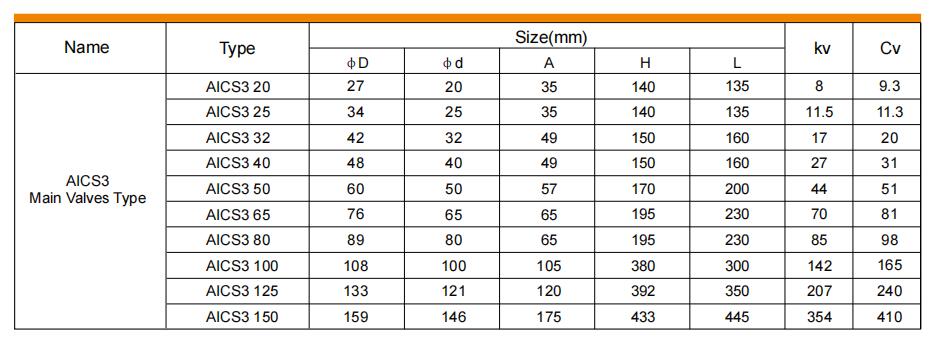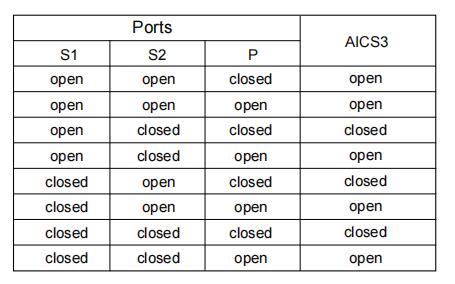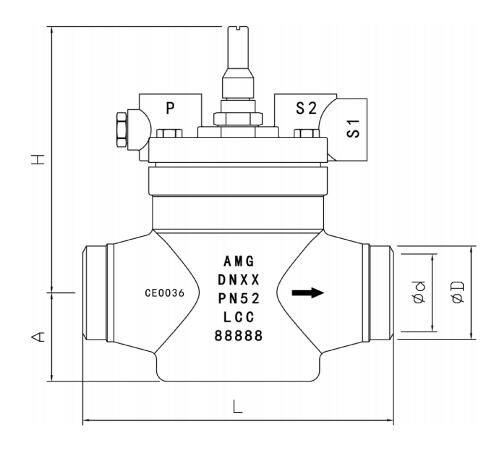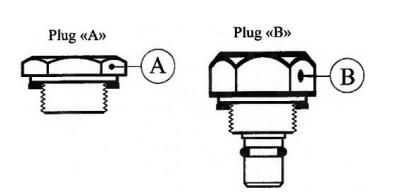English 

T: +86-15061978682
E:tracy_zhuang@czpalm.com
E:tracy_zhuang@czpalm.com
Furong Town Industry Zone, Wujin, Changzhou, Jiangsu, China 213118

Technical parameters
Nominal pressure: 5.2MPa
Test pressure: 7.8MPa
Applicable temperature: -45℃ ~ +120℃
Applicable medium: Ammonia, Freon, CO2, etc.
Characteristics
AICS pressure control valves (further-valve) are pilot operated valves for regulating pressure,temperature and ON/OFF function in refrigeration systems. Valves are designed for low and high-pressure refrigerants.
Valves can be used on the high and low pressure sides, in wet and dry suction lines and in liquid lines without phase change (i.e. where no expansion takes place in the valve).
The function of valves is dependent on the pilot pressure applied from either a pilot valve or external pilot pressure source.
Two of the three pilot pressure connections (S1 and S2) are connected in series whilst the third (P) is connected in parallel to S1 and S2. This allows different combinations ofpilot valves to be used, thus providing numerous variations in control functions.
The AICS valve will be fully closed if the pilot valve in P is fully closed and at least one of the valves in S1 or S2 is fully closed atthe same time. The relation between the pilot valves in ports S1, S2 and P is shown in the table.
Valves is not fitted with three pilot valves, the unused port(s) must be sealed with ablanking plug.
Plug type "A"- does not block the internal channels in the valve,i.e. the port will be open.
Plug type "B"-blocks the internal channels of the valve,i.e. the port will be completely closed.




Technical parameters
Nominal pressure: 5.2MPa
Test pressure: 7.8MPa
Applicable temperature: -45℃ ~ +120℃
Applicable medium: Ammonia, Freon, CO2, etc.
Characteristics
AICS pressure control valves (further-valve) are pilot operated valves for regulating pressure,temperature and ON/OFF function in refrigeration systems. Valves are designed for low and high-pressure refrigerants.
Valves can be used on the high and low pressure sides, in wet and dry suction lines and in liquid lines without phase change (i.e. where no expansion takes place in the valve).
The function of valves is dependent on the pilot pressure applied from either a pilot valve or external pilot pressure source.
Two of the three pilot pressure connections (S1 and S2) are connected in series whilst the third (P) is connected in parallel to S1 and S2. This allows different combinations ofpilot valves to be used, thus providing numerous variations in control functions.
The AICS valve will be fully closed if the pilot valve in P is fully closed and at least one of the valves in S1 or S2 is fully closed atthe same time. The relation between the pilot valves in ports S1, S2 and P is shown in the table.
Valves is not fitted with three pilot valves, the unused port(s) must be sealed with ablanking plug.
Plug type "A"- does not block the internal channels in the valve,i.e. the port will be open.
Plug type "B"-blocks the internal channels of the valve,i.e. the port will be completely closed.



